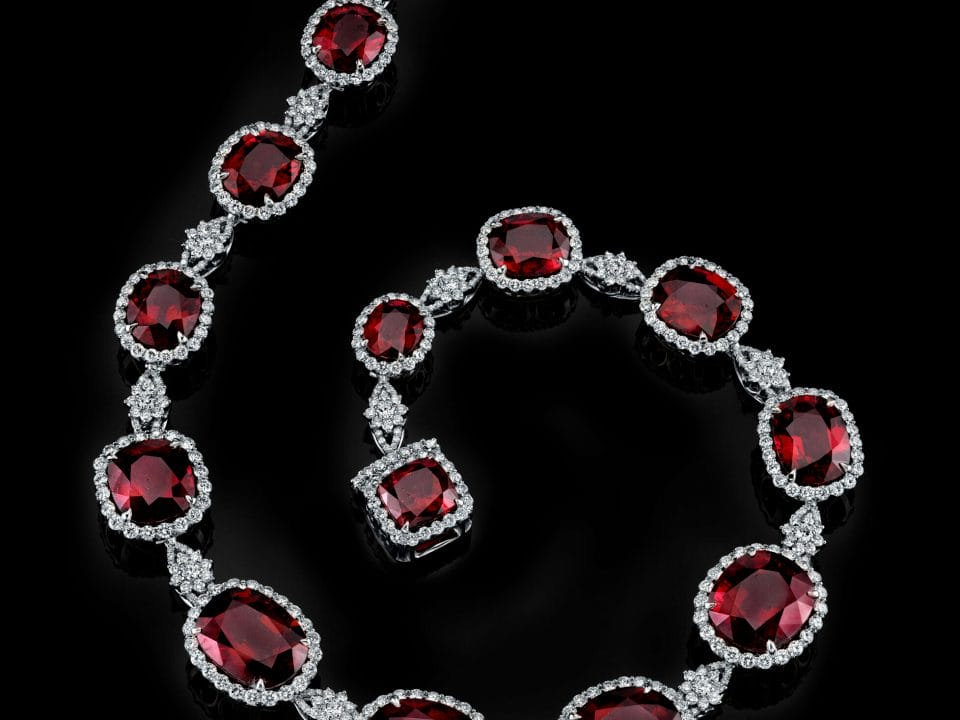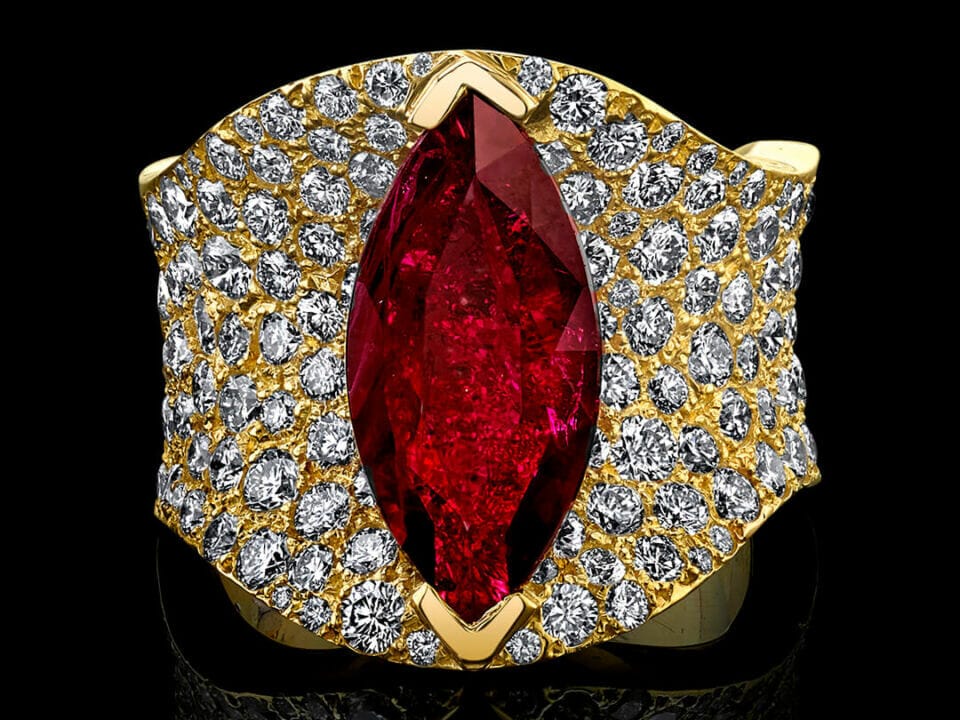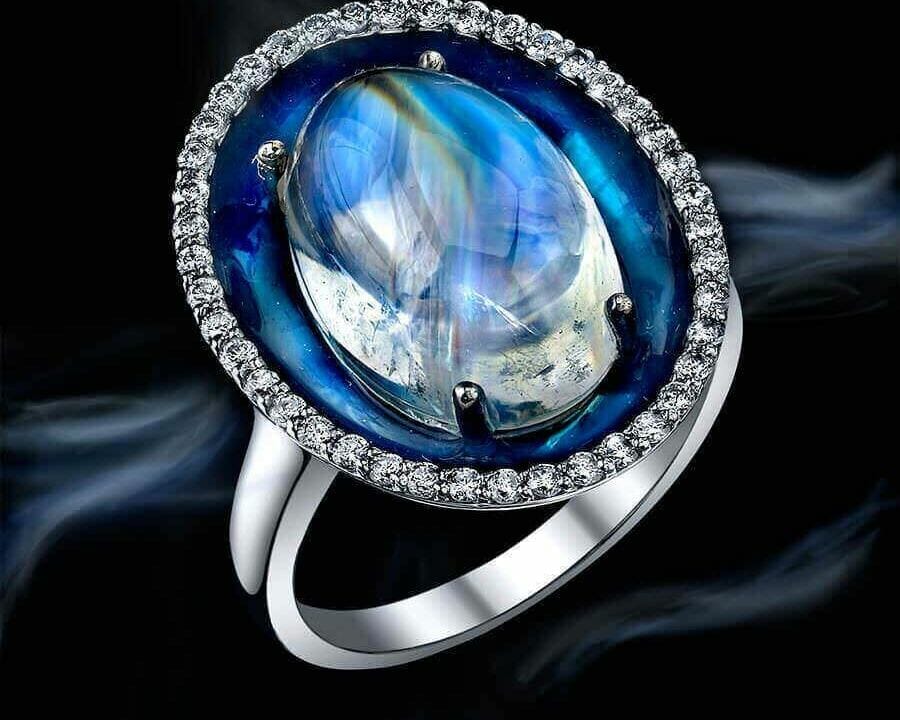With autumn hues, citrine makes a great and affordable option for trendy jewelry. As the yellow to reddish orange variety of quartz, this gem is available in large sizes and is a durable choice for any jewelry setting. Declared a November birthstone alternative to topaz, this stone is becoming even more popular.
Color
This yellow to orange variety of quartz gets its color from trace amounts of iron in its crystal lattice. Bright, bold colors hold the highest value. Yellow and orange hues reach peak saturation at relatively light tones, about 20-30%, and these stones are the most desirable.
However, with the current popularity of earth tones, brownish orange hues are also popular. This includes gems with darker tones with less saturation.
Madeira citrines are orange-red and darker in tone than pure orange or yellow hues. Commonly the results of heat treatment, these gems hold higher values.
Natural, untreated stones often exhibit color zoning, which reduces their price. On the other hand, multi-colored stones that exhibit two distinct colors will sell at a premium. Ametrine, a gem with zones of amethyst and citrine, is quite popular, even though neither color is intense.
Clarity
Although mines produce relatively little citrine, this gem is abundant and often free of inclusions. In pale gems, inclusions can easily be seen and are particularly undesirable. Avoid any gems with a low clarity grade, and look for high transparency in a citrine.
Cut
Due to citrine’s abundance and availability, you can find this gem in virtually any cut. Thus, citrines with poor cuts don’t hold much value. You can also have these gems custom cut, even as intricate carvings. Make sure that the citrine is cut symmetrically with the correct proportions and that there is no window in the gem.
Carat
Since large sizes of citrine aren’t uncommon, the price per carat doesn’t increase dramatically for larger stones.
Citrine Treatments
Heat treatment of smoky quartz produces citrine. This stable treatment requires no further care. Colorless quartz can also undergo both irradiation and heat treatment to create a greenish “lemon” color. Furthermore, heat treatment of certain citrines can deepen their color to “Madeira” hues.
From Gemsociety.org




